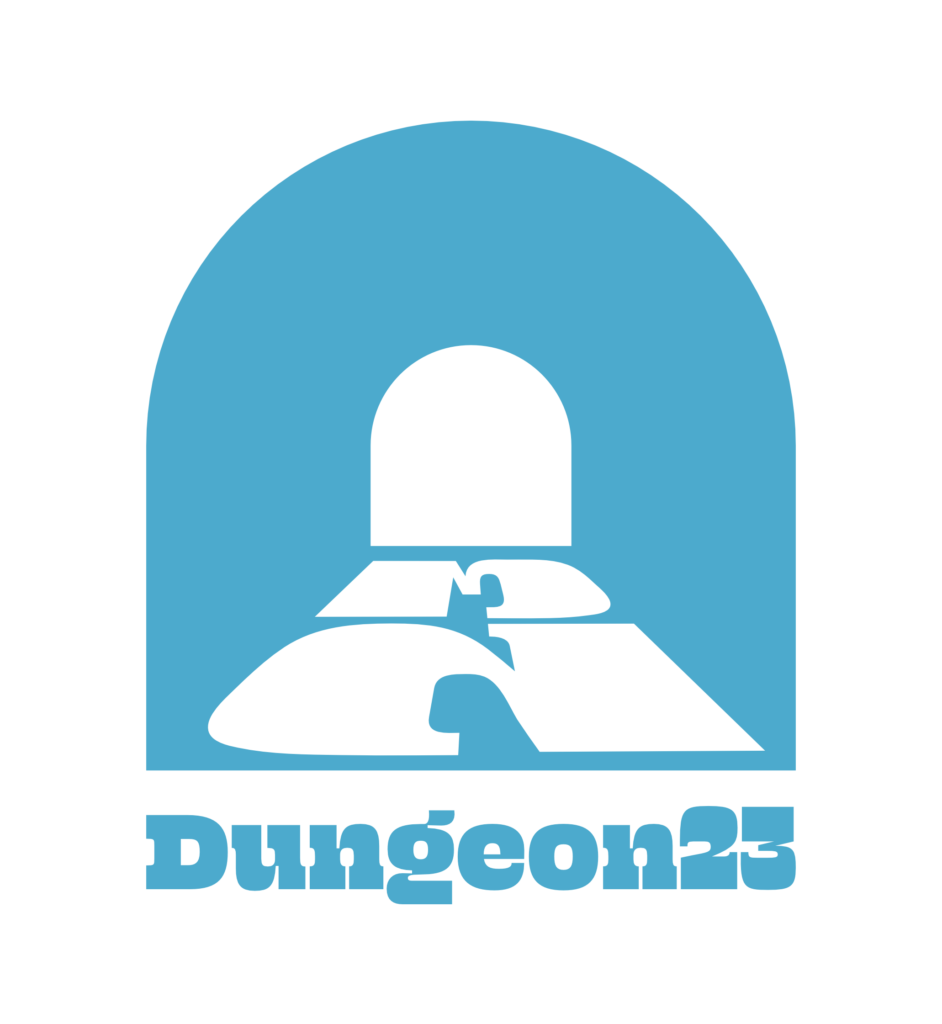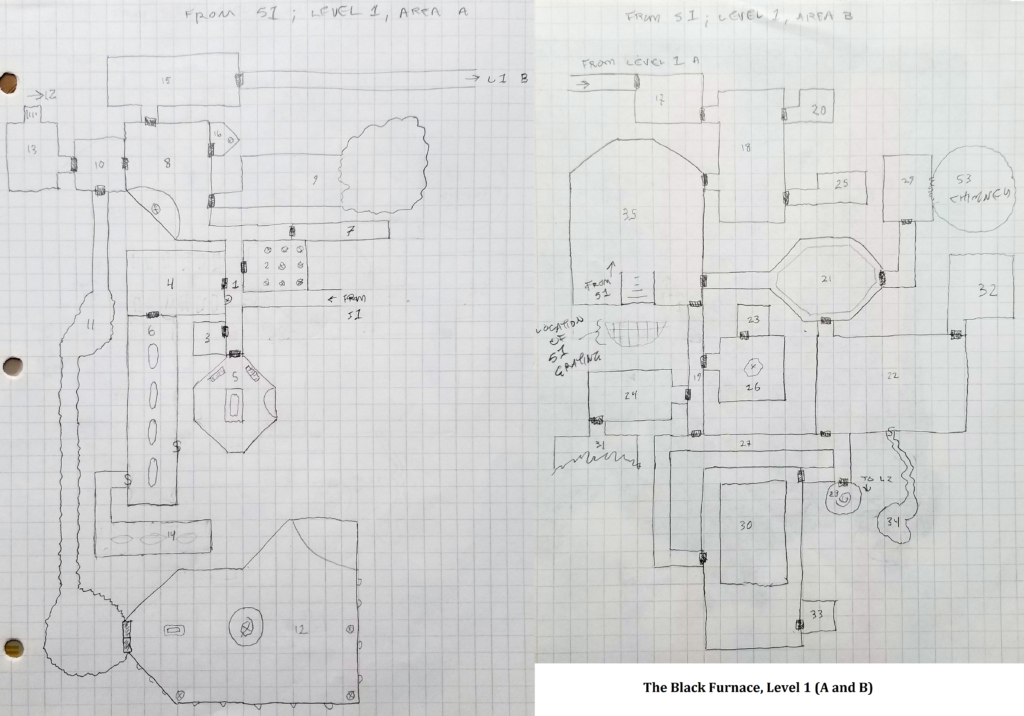My Black Furnace #dungeon23 project is done!
I wrote my last #dungeon23 room today! I have no idea what I’ll do with the Black Furnace next, if anything, but I’m proud to have finished it. This is only my second or third dungeon ever, and by far the largest I’ve ever created. It’s a rough draft, but everything starts out as a […]
My Black Furnace #dungeon23 project is done! Read More »


